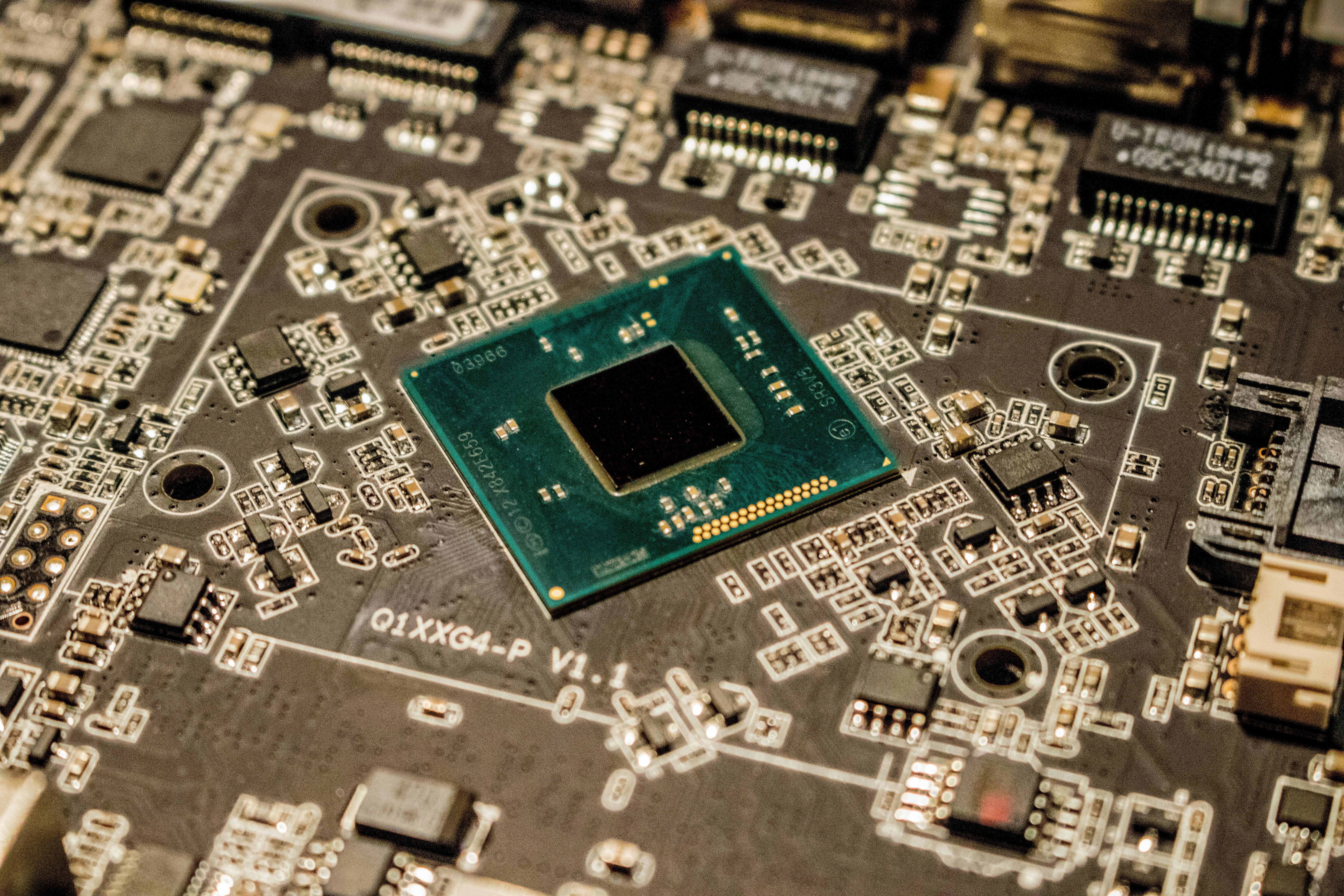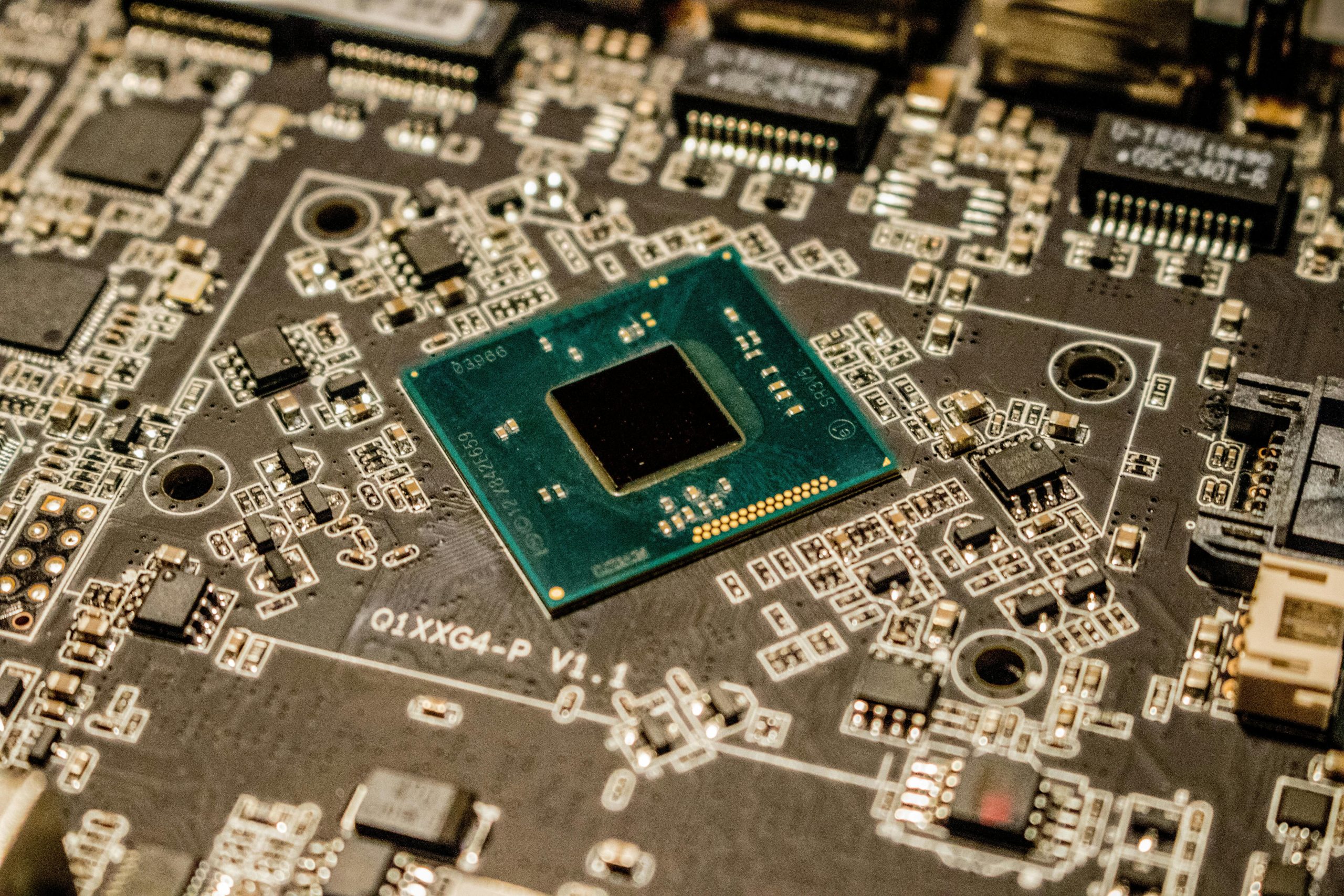The Great Infrastructure Divide: Why OpenAI Discussed Chip Plant Guarantees, Not Data Center Bailouts, Amid State-Level Frenzy

The burgeoning Artificial Intelligence industry, a capital-intensive behemoth projected to drive trillions in global investment, recently found itself at a nexus of public expectation and government policy. The clarity on this front arrived via OpenAI’s chief executive, Sam Altman, who decisively clarified the nature of the company’s discussions with the U.S. government, specifically asserting that dialogue centered on loan guarantees for semiconductor fabrication plants, emphatically not for the company’s massive, power-hungry data centers. This distinction is crucial, marking the difference between supporting national industrial capacity—an area where government intervention has precedent—and seeking a direct financial safety net for private operational expenditures, which has been swiftly and publicly rejected by the administration.
This clarification, though necessary to quell market anxieties surrounding a potential “AI bubble”, was not an isolated incident. It occurred within a rapidly evolving policy landscape where the executive branch sought to promote AI infrastructure scaling while simultaneously drawing firm lines against industry bailouts, even as state governments aggressively competed for project deployment through a diverse array of localized fiscal tools.
The Broader Ecosystem Response and Alternative Support Structures
The communication from the AI leader did not occur in a vacuum; it was met with immediate reactions from both the administration and the wider technology sector, framing the nature of appropriate government involvement in the burgeoning AI economy. The fallout stemmed, in part, from earlier comments by OpenAI’s Chief Financial Officer, Sarah Friar, who had hinted at a potential role for the government to “backstop the guarantee that allows the financing to happen,” a statement that was quickly walked back by both herself and Altman. This incident underscored the immense, almost $1.4 trillion in computational resource spending OpenAI has committed to over the next eight years, a figure that naturally draws scrutiny given the company’s current profitability status.
The Administration’s Stance Against a Direct Industry Bailout
In response to the swirling conversation, a high-ranking White House official responsible for overseeing AI and digital assets made a firm declaration that clarified the administration’s red line regarding corporate support. David Sacks, the White House AI and crypto czar, explicitly stated that there would be no federal bailout extended to the artificial intelligence sector. Sacks’ declaration reinforced a commitment to market-driven innovation, suggesting that the competitive nature of the U.S. AI ecosystem would self-correct, asserting, “The U.S. has at least 5 major frontier model companies. If one fails, others will take its place”.
This response served as a direct counterpoint to the perception created by the misinterpreted executive comment, reinforcing the administration’s commitment to market-driven innovation rather than direct financial rescue, thus validating the CEO’s subsequent clarification regarding the scope of loan guarantee discussions. Concurrently, the administration is actively pushing other major infrastructure initiatives. President Donald Trump announced the “Stargate” joint venture in January 2025, a massive undertaking involving $500 billion earmarked for AI infrastructure, signaling federal support for building out the necessary physical backbone. Furthermore, U.S. Energy Secretary Chris Wright directed federal regulators last month to consider rules aimed at speeding up the grid connection for data centers, aligning with Sacks’ stated goal for “rapid infrastructure buildout without increasing residential rates for electricity”.
The Chip Plant Distinction: A Strategic Priority
The key difference in the dialogue, as stressed by Altman, was the focus on loan guarantees for semiconductor fabrication plants (fabs). This aligns directly with the mandate of the existing CHIPS and Science Act, which already provides grants, loans, and loan guarantees for domestic semiconductor manufacturing. Altman and OpenAI have consistently advocated for expanding the existing 35 percent Advanced Manufacturing Investment Credit (AMIC) to cover AI server production, grid components, and data centers, framing it as support for “U.S. re-industrialization across the entire stack”. This approach seeks to shore up the supply side of the AI equation—the chips themselves—rather than subsidize the operational costs of demand centers, which are the data centers. The consensus, therefore, is that while the government will support the manufacturing base necessary for national security and technological leadership, the application of capital for end-user infrastructure will remain subject to private market discipline.
State-Level Policy Interventions Offering Regional Advantages
While the uncertainty surrounding federal-level legislative action on the AMIC expansion persisted, the search for immediate infrastructure support led to a focus on the patchwork of incentives already available at the sub-federal level. Various states were actively competing to attract these massive data center investments through localized fiscal policy, recognizing that data center capacity is now inextricably linked to state economic prosperity.
The competition has intensified throughout 2025, moving beyond simple tax breaks to more nuanced, strategic incentives. As of Q3/Q4 2025, an estimated 36 states have legislation authorizing tax incentives for new data center development, a momentum accelerated by the generative AI boom.
Tangible, Near-Term Financial Incentives
These regional policies offered tangible, near-term benefits, providing alternative avenues for companies to lower their effective cost of capital and de-risk individual project deployments while the broader federal legislative debate continued to unfold. The race for AI investment was thus being fought on state and local battlegrounds as much as on the federal policy stage. Specific examples illustrating this state-level dynamism observed in 2025 include:
- Long-Term Tax Exemptions: States like Kansas launched new 20-year sales tax exemptions explicitly tied to substantial capital investment and job creation thresholds, signaling readiness for hyperscale projects. Similarly, Michigan extended its existing incentive runway, with some qualifying redevelopment sites seeing benefits stretch to 2050 or even 2065.
- Utility and Permitting Innovations: A focus on the energy-intensive nature of AI has led to specialized policies. West Virginia notably created “microgrid districts” where zoning rules are relaxed, and power infrastructure development is streamlined, offering a competitive edge through dedicated and reliable supply for high-load facilities. Meanwhile, Utah altered regulations to allow large energy users to negotiate directly with suppliers, facilitating customized energy sourcing.
- Targeted Tax Relief: Many states continued to offer exemptions on core capital expenditures. Colorado proposed significant tax rebates specifically under its “Grid Modernization Act,” aiming to couple digital growth with utility upgrades. States like Alabama offered tax abatements for up to 30 years for investments exceeding $400 million and job creation benchmarks, while Iowa provided a 100% abatement on sales and use tax, even covering purchased electricity for qualifying projects.
This state-level engagement reflects a pragmatic pivot from merely attracting any data center to securing projects that align with long-term grid stability and economic mandates. States are moving toward demanding more transparency and accountability, tying incentives to environmental, social, and governance (ESG) outcomes or specific infrastructure contributions, rather than just capital expenditure alone. Companies like OpenAI, with its $1.4 trillion roadmap, must navigate this complex, evolving terrain of federal advocacy for manufacturing support and state-level pursuit of operational advantage.










